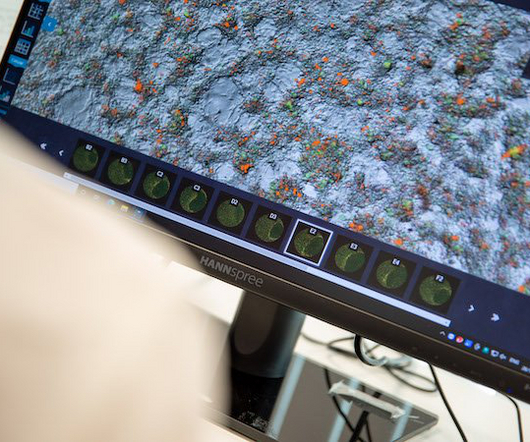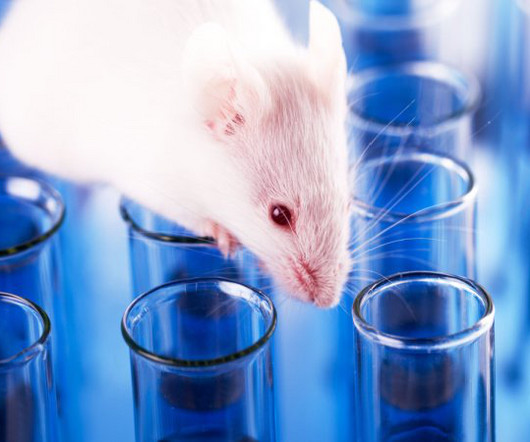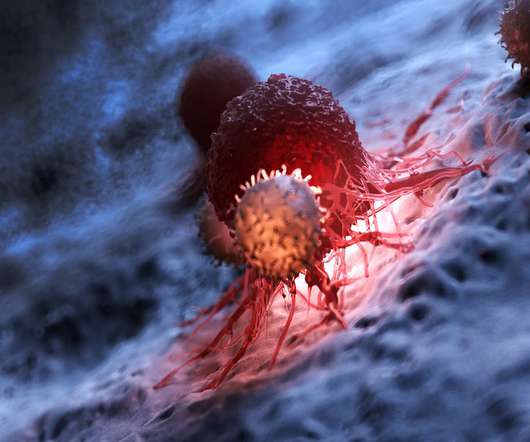The evolution of assays for immuno-oncology research
Drug Discovery World
FEBRUARY 15, 2023
Genetically modified T cells stimulated with IL2 are now administered as cell therapy for multiple cancer cell types with beneficial results 3,4. Cancer is a complex heterogenous multistep disease characterised by uncontrolled cell proliferation combined with a dysregulated immune response. This continues to be the standard of care.














Let's personalize your content